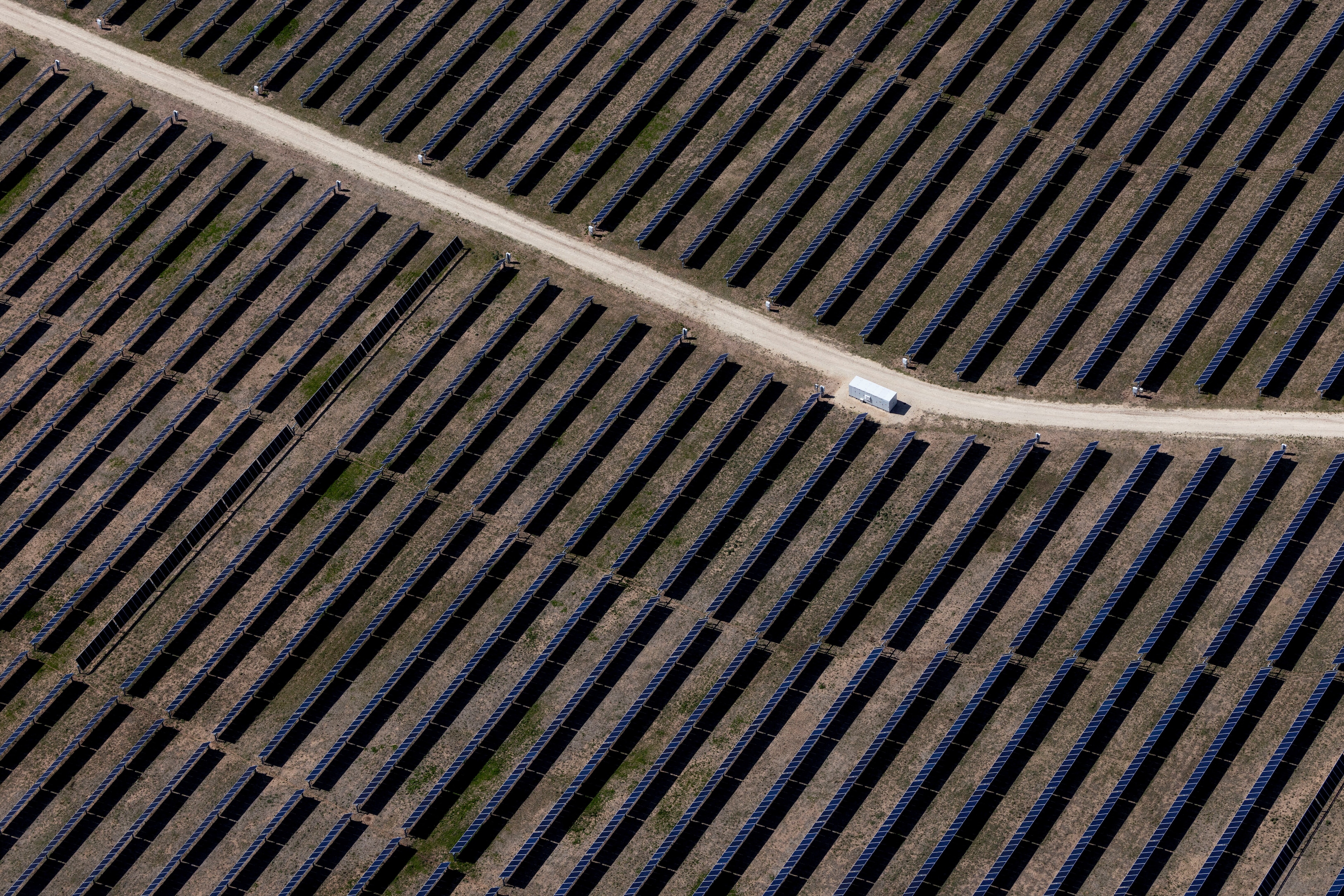How shea trees can help combat climate change

Shea is not only good for the climate, but is one of the few crops that directly benefits women.
Image: Global Shea
Stay up to date:
One Trillion Trees
- Trade in shea, used in the manufacture of beauty products and foodstuffs, has increased by over 600% in the last 20 years.
- Shea trees play a huge role in climate change adaptation, while shea parklands protect people, livestock and the climate.
- Shea is not only good for the climate, it is one of the few crops that directly benefits women.
- Despite the importance of the shea parklands to humans and the environment, they are under threat and more must be done to protect them.
You’ve most likely used a shea product today, possibly without even knowing. You probably know it’s in a lot of beauty products like creams and emollients. But the vast majority of shea goes into foodstuffs like chocolate, confectionery products, pastries, margarines, and vegan products. Shea butter is high in Vitamins A and E and has anti-inflammatory and antioxidant properties. As a result, shea trade has assumed global proportions by increasing over 600% over the last 2 decades.
What you may not know is that shea trees play a huge role in climate change adaptation.
Across Africa, nearly 2 billion shea trees grow naturally in the Sahel savannah landscape, stretching from Senegal to South Sudan. They are found integrated with crops on smallholder farms, creating an agroforestry landscape that is resilient to climate change and contributes to carbon capture. The trees have a lifespan of between 200 and 300 years and start fruiting at about 15 years old, reaching full production by 45 years. Shea parklands protect people, livestock and the climate.
Agroforestry Parklands are the third largest carbon sink in West Africa, and, unlike many other large crops, do not need great land clearances for planting. The trees can be planted and cared for within local communities. Without the shea trees, soil fertility suffers which affects crops and increases the likelihood of floods and fire.

Why is shea important?
Shea is not only good for the climate, it is one of the few crops that directly benefits women. All the shea in the world goes through the hands of 16 million rural women farmers before being processed, with their livelihoods and those of their families and communities depending on shea trees and shea parklands. The shea industry generates $200 million USD every year for rural women farmers.
These activities provide what is often the only income a woman has control of in a patriarchal society and comes at a time of year when no other income is available as the local crops have not yet been harvested. The income from the collection of shea is spent on food and clothing, school fees, medical fees and also reinvested into their farms.
So how do we get shea butter?
Between April and August shea trees produce an edible, plum like fruit which falls to the ground and is collected and carried home to be dried in the sun. This takes several days and lots of effort to turn and protect them. To process into butter, the kernels are boiled and mixed by hand, to separate out the oils. It is hard, labour intensive work that is traditionally carried out by women.

For those women who hand-manufacture the shea butter in their homes, it’s a source of food, medication, cosmetics for skin and hair, cultural uses and can be used to protect homes from the harsh climate. Any excess shea butter can then be sold at local markets or to large organisations. Some women farmers choose to just collect shea nuts to be dried and sold directly for processing industrially, another way to generate income.
Why should you care?
Despite the importance of the landscape to humans and the environment, the parklands are going through massive degradation as a result of human activities including mining, commercial agriculture, charcoal production for fuel wood, lack of fallow and an increasing population. Around 8 million trees are lost every year. This cannot continue.
This affects us all. And if nothing is done, by 2044, demand could outstrip supply.

In 2020 the Global Shea Alliance, a global non-profit industry association, launched the Action for Shea Parklands (ASP), an initiative that aims to grow 10 million trees and protect 4 million hectares of African Parkland over the next 10 years. We need to raise funds in order to do this and we intend to work with those communities who live and rely on the Parklands on how to plant, manage and grow trees, ensuring the livelihoods of local communities thrive for generations to come.
Action for Shea Parklands recently launched a Shea More Love campaign and needs help in creating awareness and raising funds to protect women shea farmers and protect these amazing trees. To find out more, visit: www.actionforshea.com.
Don't miss any update on this topic
Create a free account and access your personalized content collection with our latest publications and analyses.
License and Republishing
World Economic Forum articles may be republished in accordance with the Creative Commons Attribution-NonCommercial-NoDerivatives 4.0 International Public License, and in accordance with our Terms of Use.
The views expressed in this article are those of the author alone and not the World Economic Forum.
Related topics:
Forum Stories newsletter
Bringing you weekly curated insights and analysis on the global issues that matter.
More on Nature and BiodiversitySee all
Elena Raevskikh and Giovanna Di Mauro
July 23, 2025
Arunabha Ghosh and Jane Nelson
July 22, 2025
Sebastian Buckup and Beth Bovis
July 10, 2025







